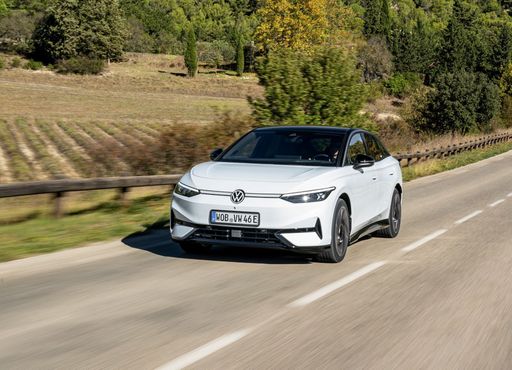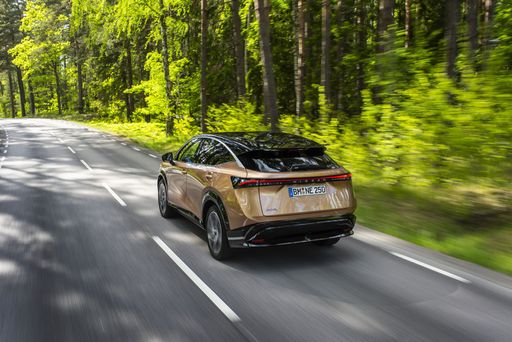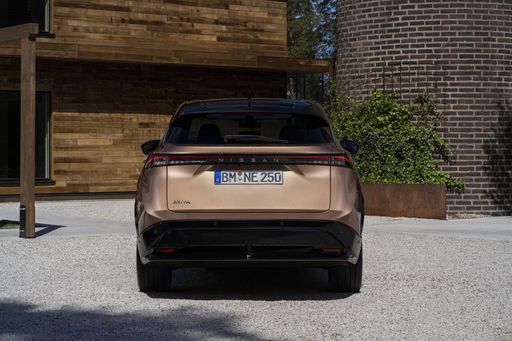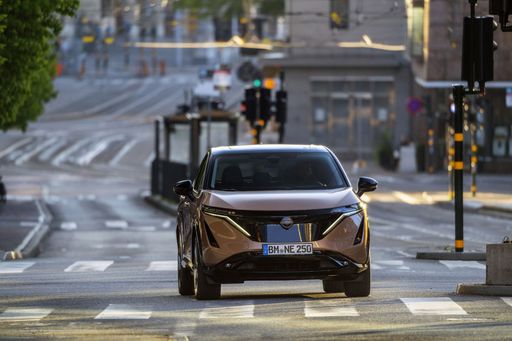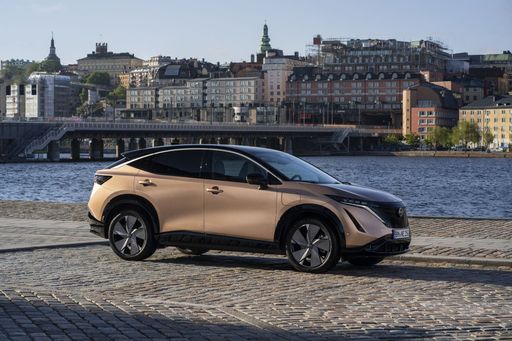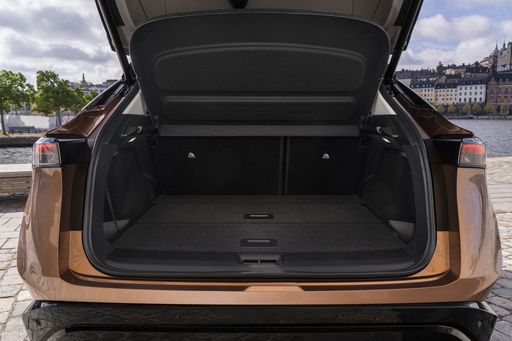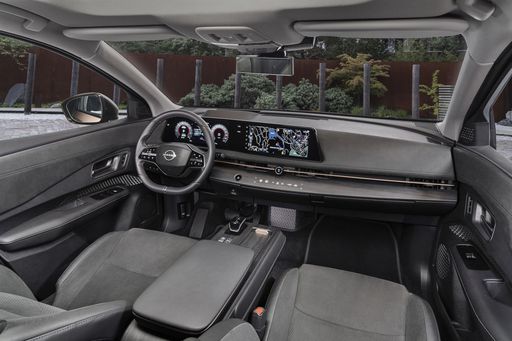Nissan Ariya vs. VW ID.7: The Battle of Electric Innovators
The arena of electric vehicles is sizzling with innovation, and as automakers vie for dominance, two contenders have emerged: Nissan's Ariya and VW's ID.7. Each brings a wealth of technical prowess and unique features to the table. In this matchup, we delve into the core specifications and highlight the innovations that set these two electrifying models apart.

